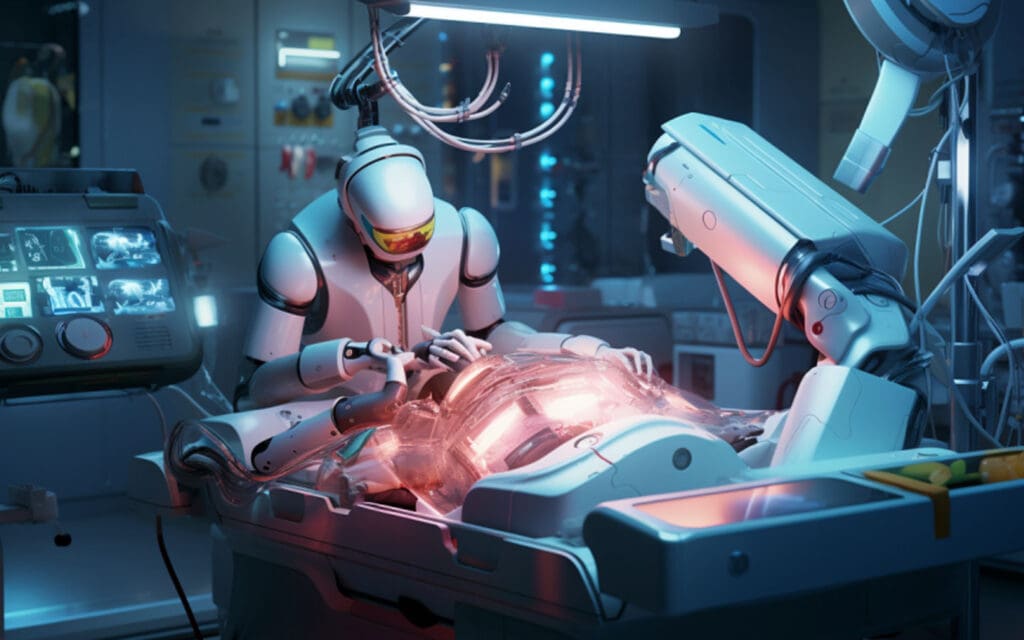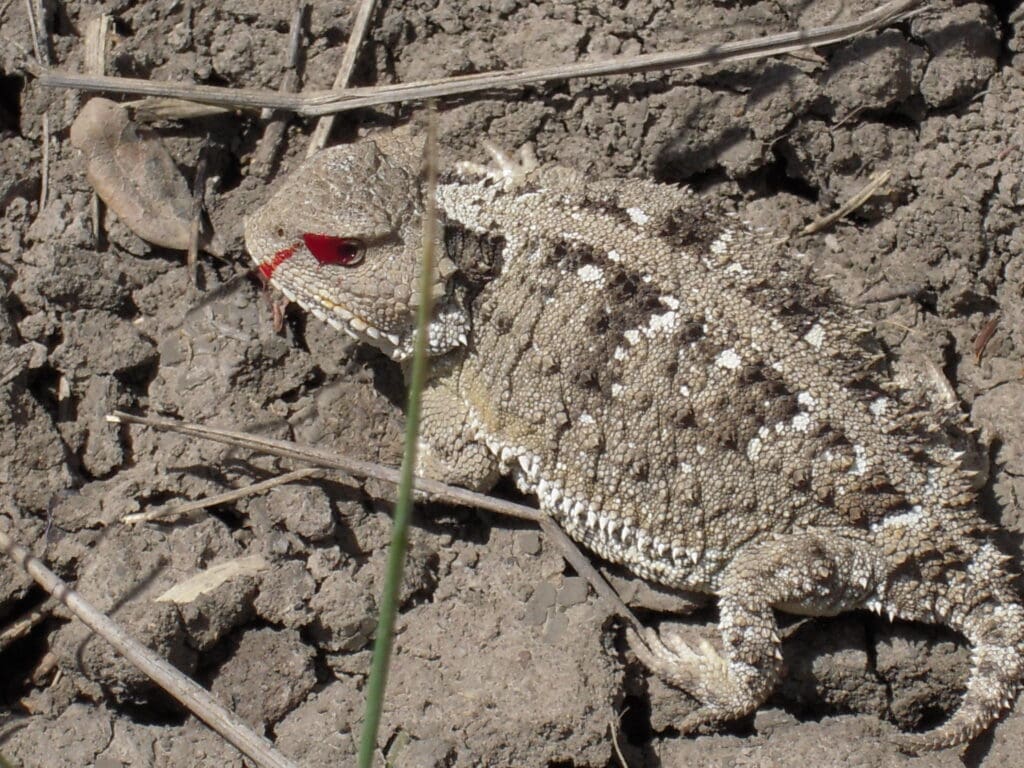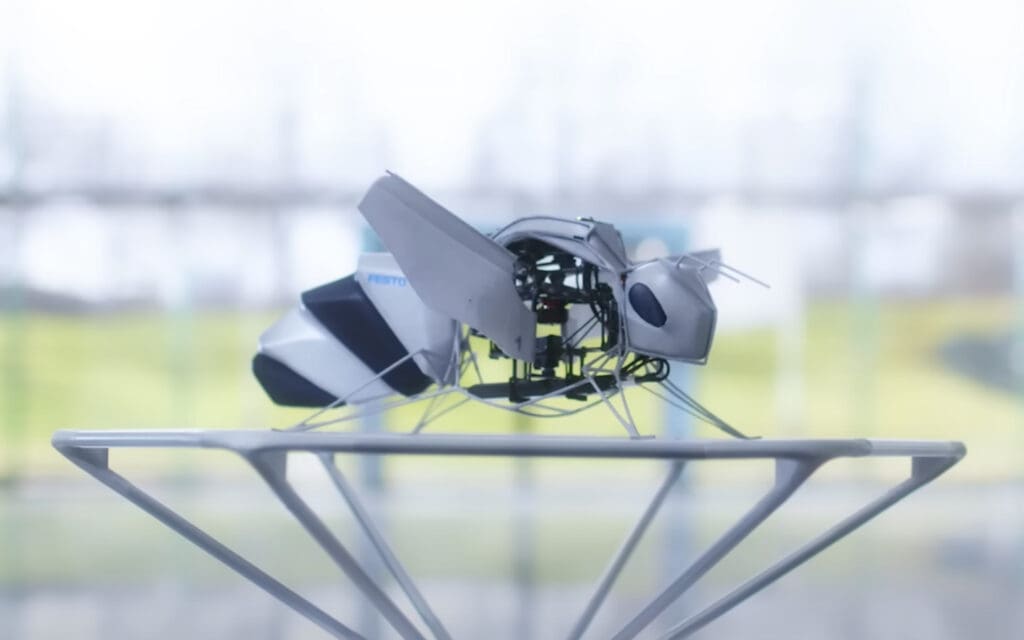
The little robot that could!
Despite being just a little guy, MIRA — which stands for miniaturized in vivo robotic assistant — just became the first surgical robot at the International Space Station. Yes, you read that correctly — a surgical robot!
Read More: Boosting Productivity with… A Third Arm?
Robot Operating in Space
Believe it or not, MIRA arrived at the space station on February 1 and has already begun operating in zero gravity. In fact, they have used MIRA to “conduct a surgical simulation via remote-controlled technology, with a surgeon directing its movements 250 miles away from Nebraska,” according to NPR.
And, according to a University of Nebraska release, MIRA actually mimics what a surgeon would do.
“The tasks mimic surgical tissue with tension that allows a dissection to be performed. [MIRA] will use its left arm to grasp, and its right arm to cut, much like a human surgeon in a hospital operating room.”
How the Demo Went Down
The big demonstration, which took place on Sunday, February 11, showed how the remote surgeon can control the robot’s hands to provide tension. In fact, six different surgeons performed the task and they were all able to dissect the piece of tissue successfully.
A big challenge when it comes to controlling a robot in space is the time delay between when the doctor tells the robot to do something and when it actually does it. The time delay was 0.85 seconds, which is something that will probably have to improve as they continue tests.
“In a live patient, if there is bleeding, it’s my job to stop that bleeding immediately. But to have an 800 to 850 millisecond lag between seeing the blood loss and then doing something about it, I mean, effectively that’s like… saying, OK, one Mississippi, two, and then I get to go ahead and fix the problem,” surgeon Michael Jobst, who was a part of the demonstration, told CNN.
“Five seconds would be an eternity in surgery, and a split second or a half a second is going to be significant. So, this was a big challenge.”
Read More: This University is Enrolling Nonhuman AI Students
Could Change the Medical Field Forever
The robot, which weighs just two pounds, was made in Lincoln, Nebraska by Virtual Incision Corporation. And it will hopefully change the medical field forever. Not only does a robot like this pave the way for medicine in space travel, but it will also hopefully help improve medical access to areas that do not have a local surgeon.
“When we started this work at the University of Nebraska, we shared a collective vision that miniRAS could make robotic-assisted surgery available to any patient, any time, anywhere,” said Shane Farritor, Virtual Incision’s co-founder.
“Exploring the use of miniRAS in extreme environments helps our teams understand how we can remove barriers for patients.”
Ultimately, the hope is for MIRA to be controlled by a surgeon, who can then direct the instruments inside a patient’s body. Can you imagine what this could do for extremely remote areas?!
MIRA is scheduled to return back to Earth this spring where they will continue to make changes and improvements.









